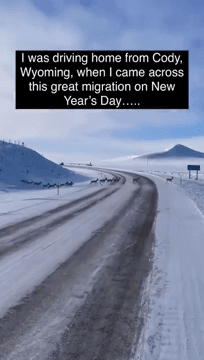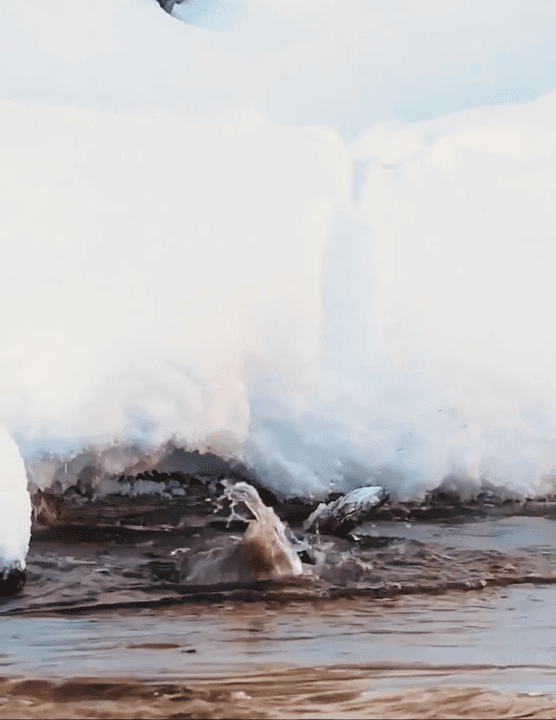
Hunting with Hawks Perhaps you'll never try falconry yourself. Katherine Browne once thought the same thing. But these days, the Prois pro-staff coordinator and licensed falconer does her small-game hunting with a raptor named Hades Katherine Browne’s hunting partner, Hades, can be a little high strung and aggressive at times, but Browne overlooks it. Hades is pretty good at what he does, and that behavior is typical for his kind. A northern goshawk, Hades is a member of the raptor family, and his natural maneuverability and speed make him a top predator and excellent hunting companion. When Browne, the dealer relations and pro-staff coordinator for Prois Hunting Apparel, is not working, you can often find the licensed falconer training Hades to hunt ducks, pheasant, grouse and quail in the woods and fields by her home. How does a young woman, such as Browne, become a falconer? “I have always been intrigued by raptors, and I love the idea of being a part of something wild and ancient
Post: 27 July 18:13















































